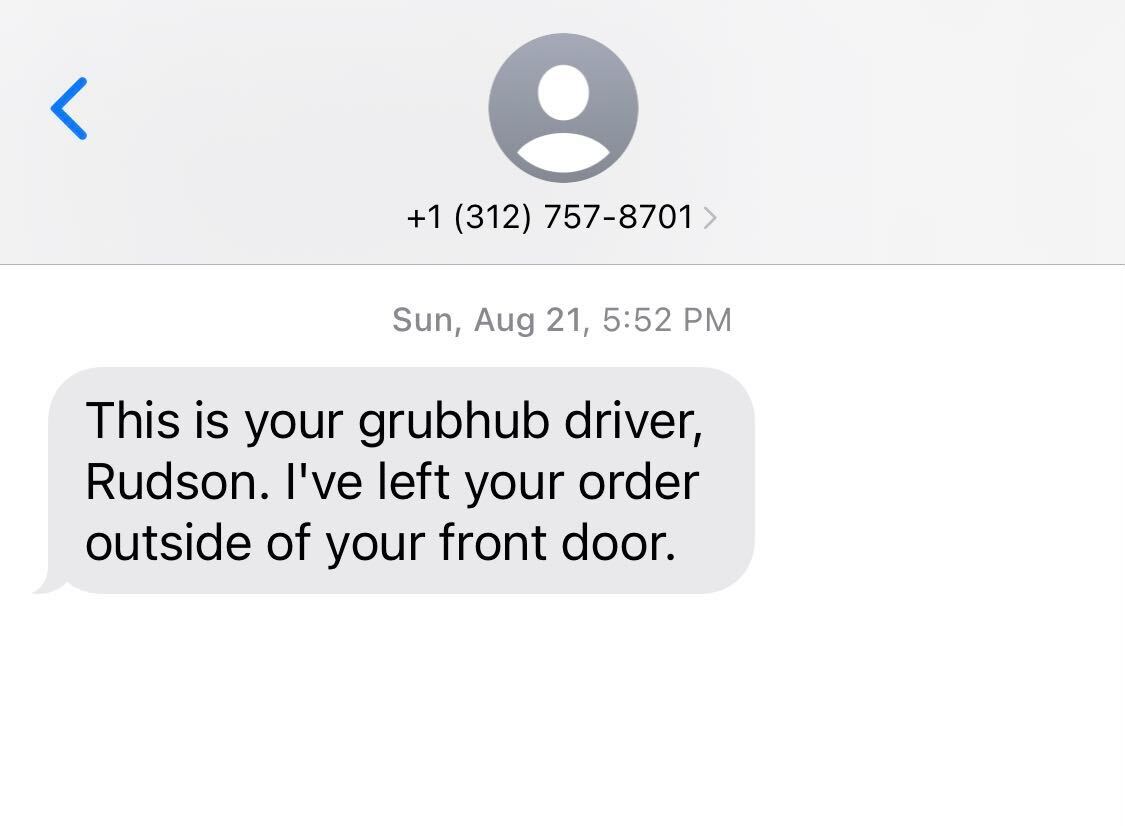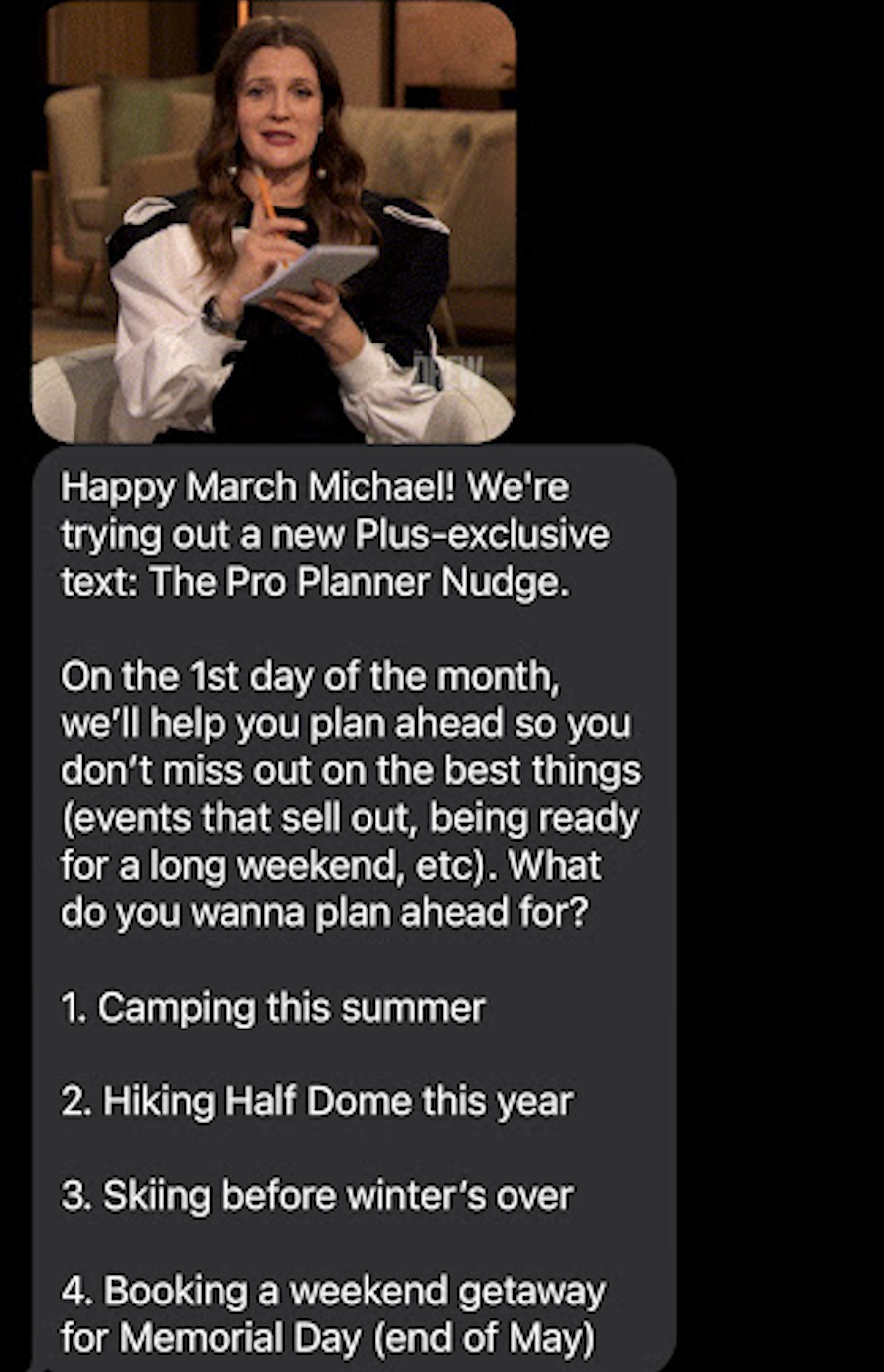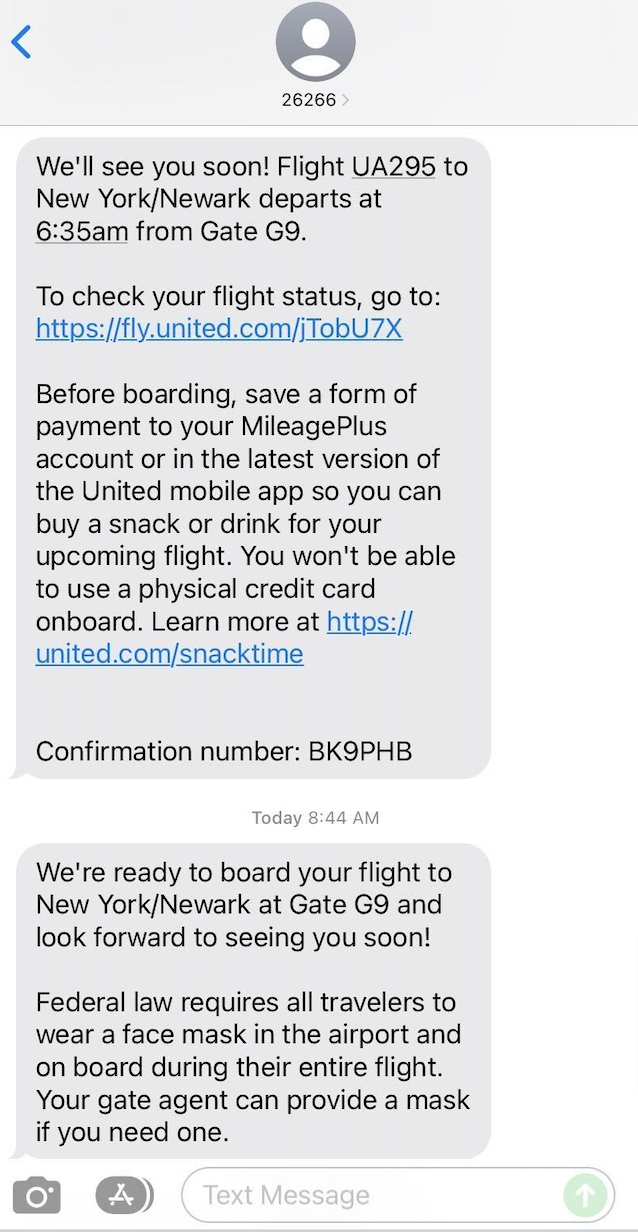By now, you’ve likely started seeing more text messages from brands. In 2021, 42% of business owners texted their customers, while in 2022, that number grew to 55%. Brands are using texting more and more as a way to reach customers because, well, it often works. As Marketing Dive pointed out when looking at the efficacy of mobile advertising, “the average successfulness of individual SMS/MMS campaigns was approximately 27 times higher than in the case of Internet banner campaigns.”
This brings up a good point. What you might not know immediately is that text messages can actually be broken up into two categories: SMS and MMS. Let’s do a quick introduction into these two messaging types and how you might use them differently.
What is SMS?
SMS, or Short Message Service, is the more commonly known term of the two. These are simple messages coming in at under 160 characters and featuring only text. SMS messages are effective for a few reasons, but marketers love them because they’re affordable and don’t require an internet connection to send or receive—so, as a brand, your chances of reaching the customer are much higher.


Grubhub, the food delivery app, allows drivers to send short and sweet transactional SMS messages to inform customers about their orders.
What is MMS?
MMS, or Multimedia Message Service, are like fancy SMS messages. These are the text messages you receive from brands that include media like links, images, videos, or audio. Also, these are the messages that exceed 160 characters—up to 1,600 in fact according to our friends at Telnyx.
Unlike SMS, MMS requires internet or a strong cellular service to be sent and received, which makes sense as media files are much bigger than text files. MMS messages also tend to be slightly more expensive than SMS.
Common Use Cases for SMS and MMS
With opt-in rates for SMS marketing also increasing, it’s valuable to understand the different ways you can incorporate SMS and MMS into your cross-channel marketing strategies.
Let’s start with SMS. Due to character limitations, SMS use cases tend to be more transactional in nature (like the Grubhub example).
From our customers we’ve seen these to be the most common:
- Event reminders (like appointments)
- Order confirmations
- Updates for things like delivery
- Two-factor authentications
- Customer satisfaction surveys
This last one is where we see room for growth from SMS use in the immediate future. As third-party cookies die out, collecting zero-party data like a customer’s satisfaction or preferences will be crucial to enhancing the user experience.
Now for MMS. Much like social media algorithms that prefer multimedia, there seems to be an inherent draw of an image or video that text can’t quite replicate. Consequently, the use cases for MMS tend to move beyond more transactional communications.
These include:
- New product announcements
- Video walkthroughs
- Customer support screenshots
- Promotions
- Event invites
- Abandoned cart notifications
Or, in some cases, just to amp up excitement. Those fun, gif-laden texts you get from brands? MMS.


The Nudge, a planning app, adds fun gifs and imagery to the MMS messages to start the message on a fun note.
When you look at it plainly, SMS and MMS are very similar and can be used in sometimes interchangeable ways.
SMS vs. MMS for Your Brand
The natural question becomes: “Do I use MMS or SMS for my brand?”
Like most general marketing questions, the answer is “it depends.” But there are a few ways you can identify what works for your brand.
First is your brand tone and style. Do you keep things light and fun? MMS might be better suited as your main texting option. If your brand is more formal, simple SMS messages might be more your speed.
Second is your product and industry. Does your brand sell a product that looks good in images or needs an explainer video? MMS. Are you in an industry that covers more serious topics like mental health? An SMS might be better suited.
This is not to say that MMS always has to be fun and playful. MMS messages can be informative and educational as well. It’s all how you use it, but within the parameters of your own brand. We encourage you to experiment with both—if you have the budget—and see if engagement rates change!
And, when you are curious to learn more, reach out or check out this guide to learn more about mobile marketing overall!

































